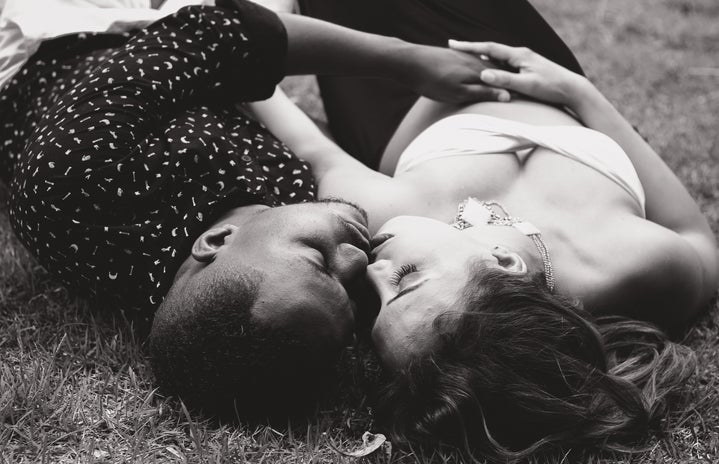In the last decade, there has been a significant increase in interracial representation in the media. While it’s been a pleasant departure from the tediously homogenous images of years past, the progress also feels minimal. There seems to be a pattern in interracial couple portrayals, namely through commercials: a product or service is promoted by a family where the father is white, the mother is Black and their child is light-skinned with a mop of curls. It’s wonderful to see this depiction because this is what interracial families in America look like. However, this is not only what they look like.
In researching for this article, I encountered this piece from The Hill. While I have some doubts that advertising companies push the white father and Black mother narrative for expressly asserting political authority, I was intrigued to learn that the inverse of this coupling is more common than many advertisers care to let on. Take for instance this 2013 Cheerios commercial that features a white mother, a Black father and a mixed-race daughter, the company’s first time showing a mixed family in their commercials. This representation is beautiful and we need more everyday narratives like it, ones that don’t foster the assumption that all interracial families look uniform.
As common as they are in real life, the media also needs to step up and show more couples beyond Black and white. The beauty of interracial love is its many different looks. While home for winter break, I read an editorial from The Washington Post that connected to my experience of having an Asian father and a white mother. I was happy to find an account that specifically spoke to my biracial identity because it’s been hard to do so. Interestingly, the piece claims that Asian male and white female relationships are called AMWF online but I either have not been in the right online spaces to see it or this isn’t true. My lack of awareness of the existence of this supposedly frequently-used acronym speaks volumes about the visibility and accessibility of such narratives. We need more of them. More narratives lead to exposure and exposure leads to de-stigmatization.
We are constantly pelted with media on a daily, if not hourly, basis. In light of recent years and reckonings, outlets have more responsibility than ever to reflect their audiences as well as the ones they hope to attract. They hold much influence in our lives. Their job is to promote something, be it an idea, a story, a product, or a service. However, they cannot effectively achieve this without also including our identities and experiences.
All of our identities and experiences.


